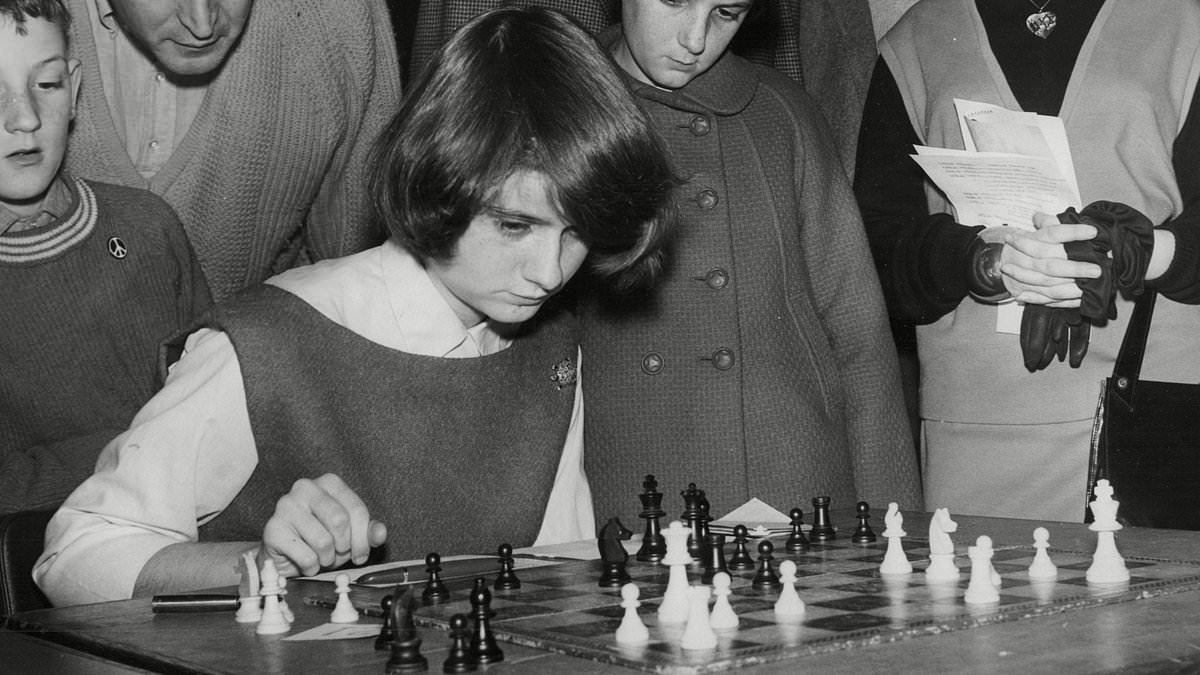QUESTION: Is there any evidence that Estonian chess great Paul Keres was forced to lose the World Chess Championship to a Russian rival?
This story is primarily tied to the 1948 World Chess Championship, a tournament held to determine the new world champion after the death of Alexander Alekhine in 1946.
Paul Keres, along with Soviet rival Mikhail Botvinnik, Vasily Smyslov, Max Euwe and Samuel Reshevsky contested the title in a tournament split between The Hague in the Netherlands and Moscow.
While Botvinnik won decisively, Keres’s poor results against Botvinnik — he lost 4-1 and played terribly — raised eyebrows. He won the final game convincingly but only after Botvinnik had already earned the title, perhaps proving a point.
The politics were complex and dangerous for Keres. Estonia had been annexed by the Soviet Union during the Second World War and Keres had been on the wrong side of Soviet politics at times, competing in Nazi-occupied territory.
The pair had played eight times before the 1948 tournament, drawing six games, with Botvinnik winning two. Keres’s loss in 1941 was important because Botvinnik issued a crushing defeat with the black (the weaker starting position), going on to win the Absolute Championship of the USSR with Keres finishing second.
Q: When was the first car phone introduced? How didit work?
Mrs R. K. Hurst, Horley, Surrey
Q: What is a fantasia and whyis it such a popular form in classical music?
John Ware, Canterbury, Kent
Q: How do butterflies survive when it rains?
Adrian Bonnington, Northampton
In the book Meie Keres, Valter Heuer suggested that Keres developed a ‘Botvinnik complex’. He wasn’t alone; in his prime, Botvinnik was known to apply acute psychological pressure to his rivals on and off the board. Botvinnik observed that in 1948 he was at the peak of his powers and felt he had the edge over Keres, who he said had ‘a tendency to fade somewhat at decisive moments in the struggle’.
Those who support the theory that Keres was coerced point to an interview Botvinnik gave in 1991 to the Dutch journalist Max Pam.
Botvinnik said: ‘During the second half in Moscow, something unpleasant happened. At a very high level, it was proposed that the other Soviet players would lose against me on purpose, in order to make sure there was going to be a Soviet World Champion. It was Stalin personally who proposed this. But of course, I refused!’
However, Botvinnik claimed this was an insult: ‘It was disgraceful because I had already proved by and large that I was stronger at that time than Keres and Smyslov.’
Keres never stated that he had been forced to throw games. In fact, after the tournament, he maintained a close relationship with Botvinnik.
Alan Strong, Monmouth
QUESTION: Apart from Mark Lester and Jack Wild, did any of the other child stars in Oliver! achieve fame?
The BOYS who played Fagin’s gang in the 1968 film Oliver! did not go on to achieve any particular fame.
They were mostly recruited from the Corona Academy stage school in Hammersmith and the Barbara Speake Stage School in East Acton. Mark Lester (Oliver) attended Corona and Jack Wild (the Artful Dodger) attended Barbara Speake.
The main member of Fagin’s gang to achieve further fame was
Kenneth Cranham, who played the cowardly Noah Claypole, although he was 24 then. He has starred in more than 100 film and TV shows, including the film Layer Cake, and played Michael Mansfield QC in the 1999 TV reconstruction of the Stephen Lawrence case.
The stage production Oliver! (1960) did produce some famous alumni. In 1964 the pop star Phil Collins was cast as the Artful Dodger. He called the role ‘the best part for a kid in all London’. The part was also performed by Leonard Whiting, who starred in Franco
Zeffirelli’s Romeo And Juliet (1968), and Davy Jones of Monkees fame. Tony Robinson, aka Baldrick from Blackadder, was one of Fagin’s boys in the original London cast, before he too played the Artful Dodger.
Karen Jones, Macclesfield, Cheshire
QUESTION: Where is the largest single room in the world?
The largest enclosed space is the Boeing Everett Factory in Everett, Washington, U.S. The main assembly building is used for Boeing’s wide-body aeroplanes such as the 747, 767, 777 and 787 models.
The building measures 13.3 million cubic metres (472 million cubic feet) in volume and covers 397,806 square metres (98.3 acres). The ceiling height is around 27 metres (90ft).
When it comes to more conventional rooms, Caesars Forum in Las Vegas has two giant pillarless ballrooms, each measuring more than 10,200 square metres (110,000 square feet) and capable of accommodating 10,000 people.
J. N. Nicholls,
Shrewsbury, Shropshire
